Image Gallery: Drawing Dinosaurs
Tyrannosaurus rex

With its 4-foot long mouth full of sharp 6-inch teeth, the carnivorous Tyrannosaurus rex could easily rip into its prey.
Tyrannosaurus rex

About 15 feet tall and 40 feet long, Tyrannosaurus rex, whose name means “king of the tyrant lizards,” is one of the largest known land predators to ever roam the Earth.
Gorgosaurus libratus
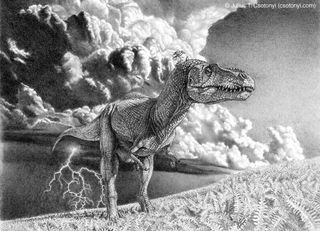
Like its larger relative, the Tyrannosaurus rex, the Gorgosaurus was carnivorous, with large curving teeth. It also roamed the western parts of Canada and the United States in the late Cretaceous, approximately 75 million years ago.
Zuniceratops christopheri
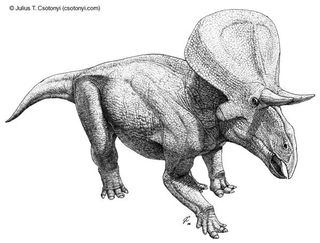
Named for paleontologist Doug Wolfe’s 8-year-old son, Christopher, who was the first to spot its bones, the Zuniceratops was an upper Cretaceous herbivore equipped with sturdy teeth that could chomp branches from trees.
Monolophosaurus

The Monolophosaurus, a carnivorous dinosaur that roamed China during the middle Jurassic (approximately 180-159 million years ago), grew as tall as a person and had a large bony crest on its head.
Acrocanthosaurus atokensis
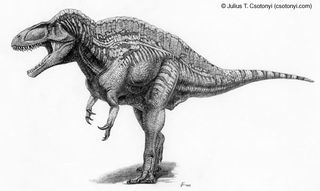
The Acrocanthosaurus, a carnivore who roamed the United States and Canada around 115-105 million years ago, is noted for the spines running along its back. Scientists speculate these could have been used in communicating status or other social interactions, fat storage or temperature control.
Chasmosaurus russelli
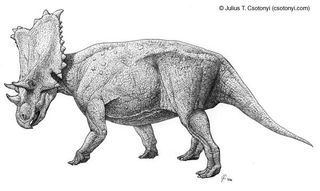
The herbivorous Chasmosaurus, which inhabited Canada around 75 million years ago, had the characteristic frill of a ceratopsid, which scientist think could have been anything from a mating display to a way to regulate body temperature.
Sign up for the Live Science daily newsletter now
Get the world’s most fascinating discoveries delivered straight to your inbox.
Stygimoloch spirifer
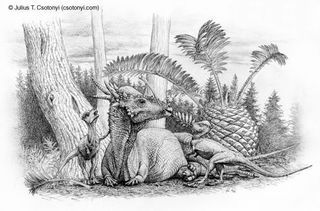
Scientists are unsure whether the spikes that decorated the rim of the herbivorous Stygimoloch’s head provided a way to recognize group members or served as a means of defense against predators.
"Morrison Plant Eaters"
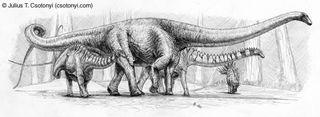
Shown in the image above, left to right: Apatosaurus ajax, Seismosaurus hallorum, another Apatosaurus ajax and Stegosaurus armatus The Morrison Formation is a distinctive body of rock that is rich in fossils of dinosaurs that lived during the late Jurassic, like the Stegosaurus with its tall spikes and plates and the giant Seismosaurus and Apatosaurus, some of the largest land animals that ever lived.
Seismosaurus and Allosaurus
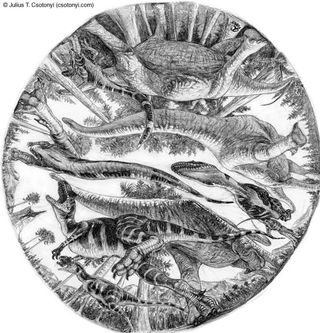
A group of Allosauruses, the most common large predator of the late Jurassic, attacks a seismosaurus, whose name means “earth-shaking lizard.”
Most Popular

